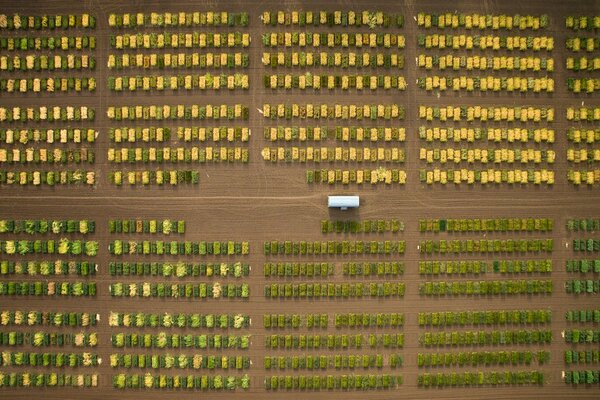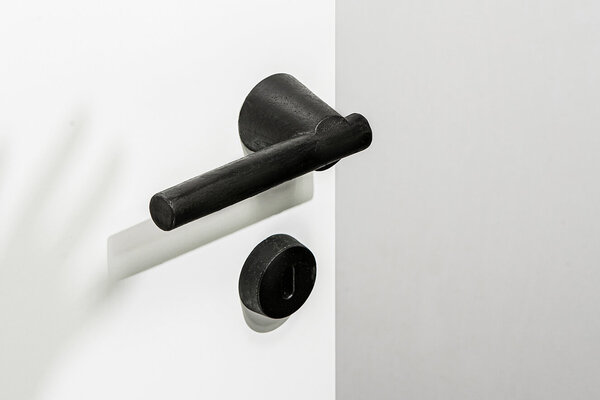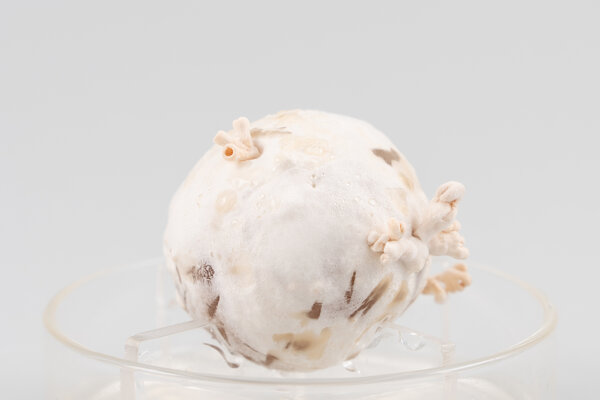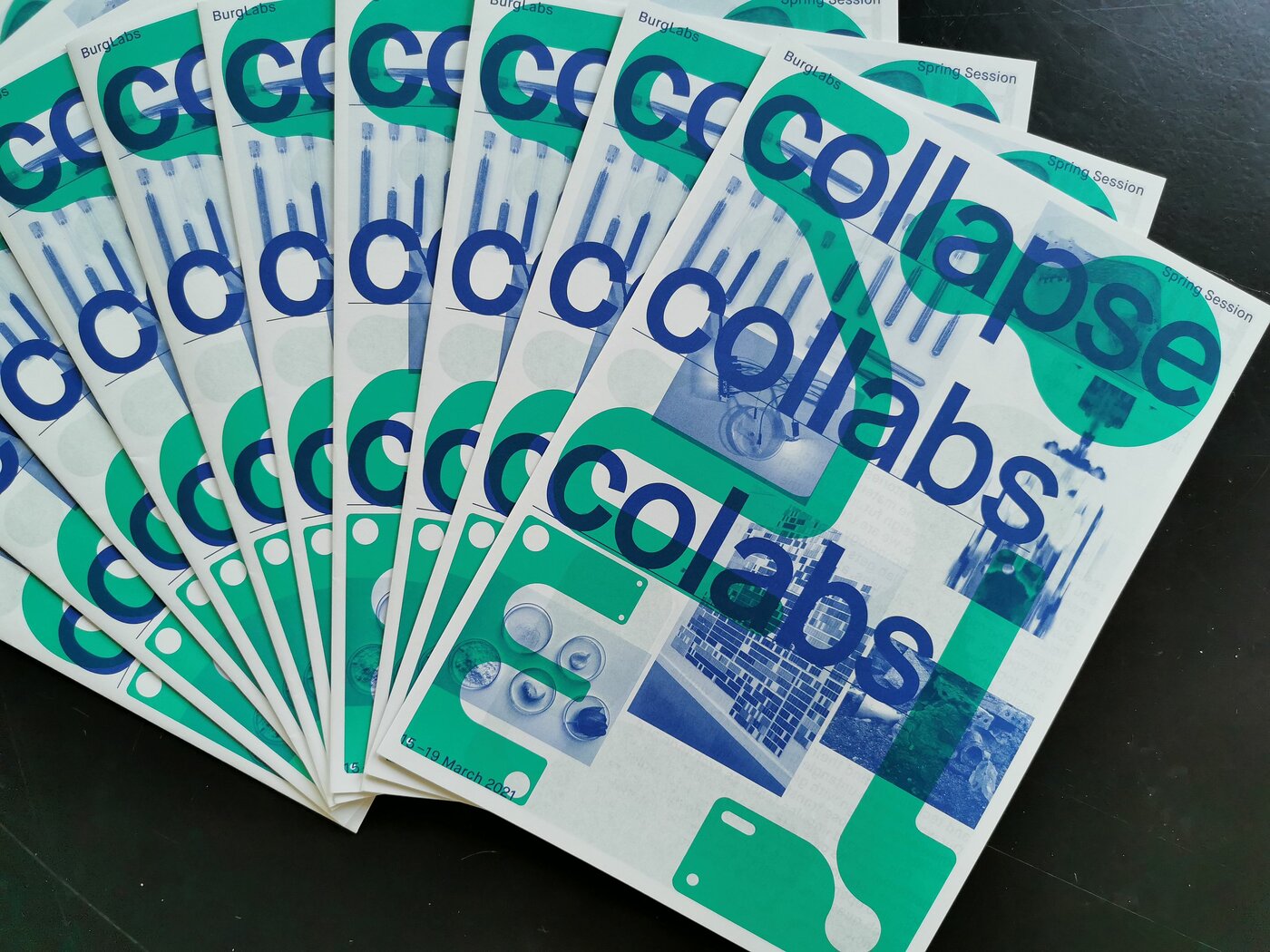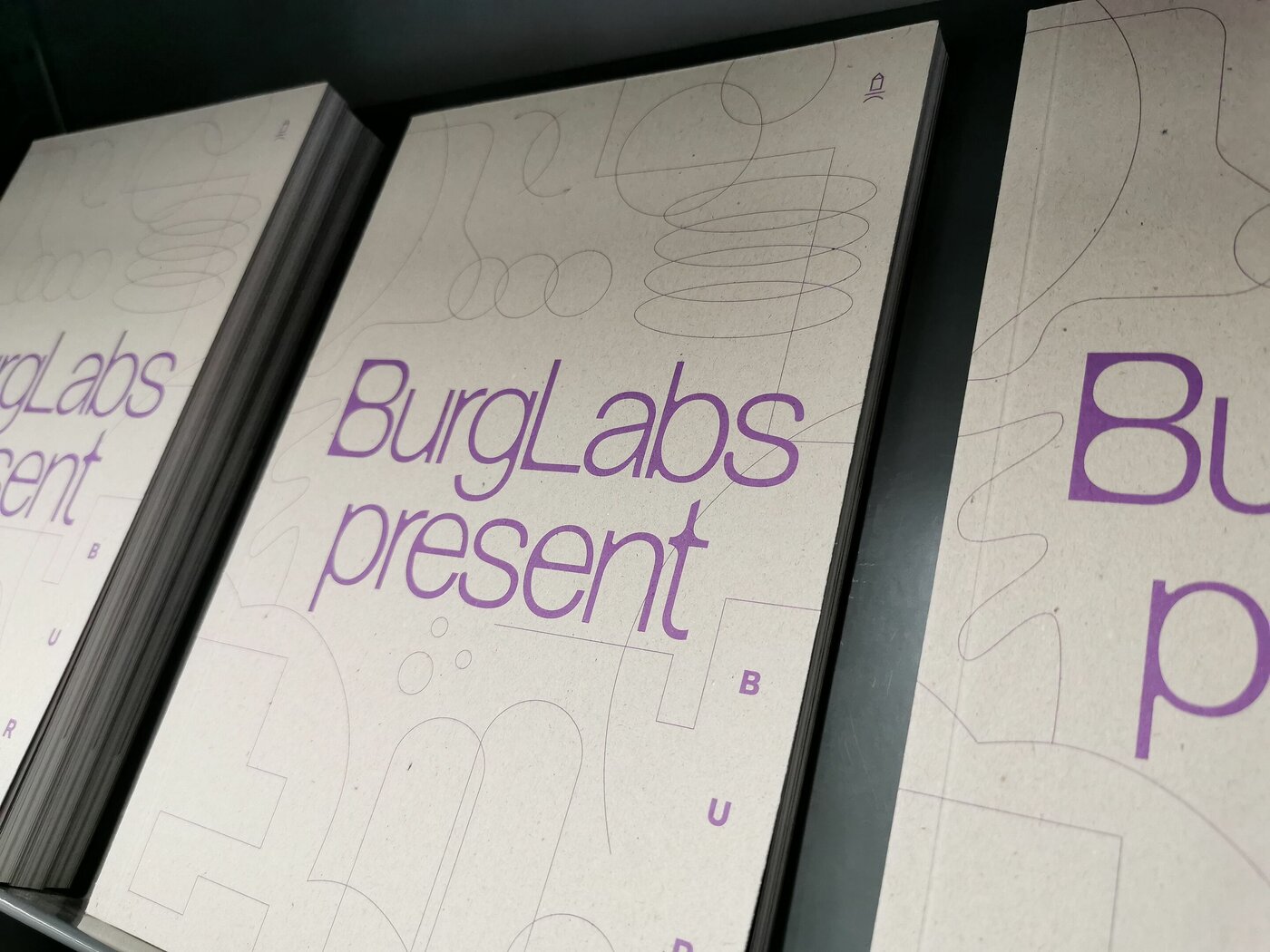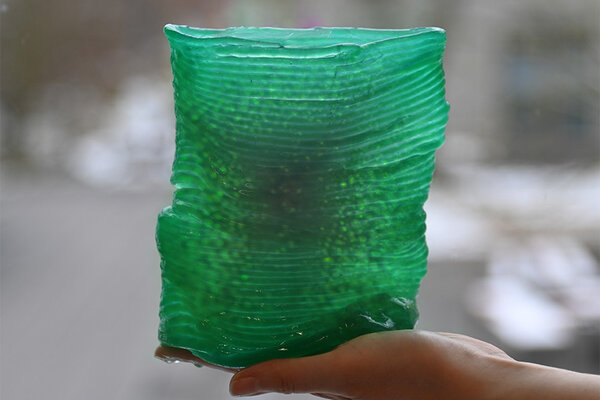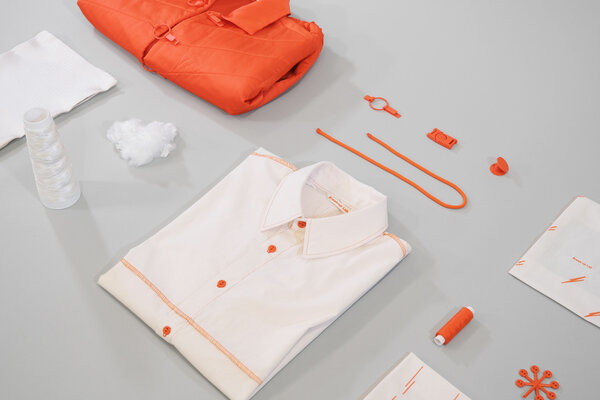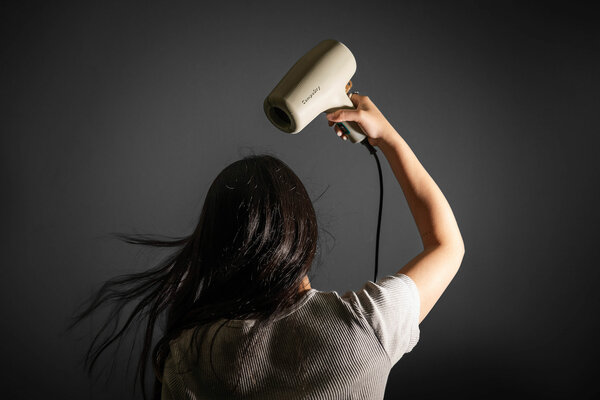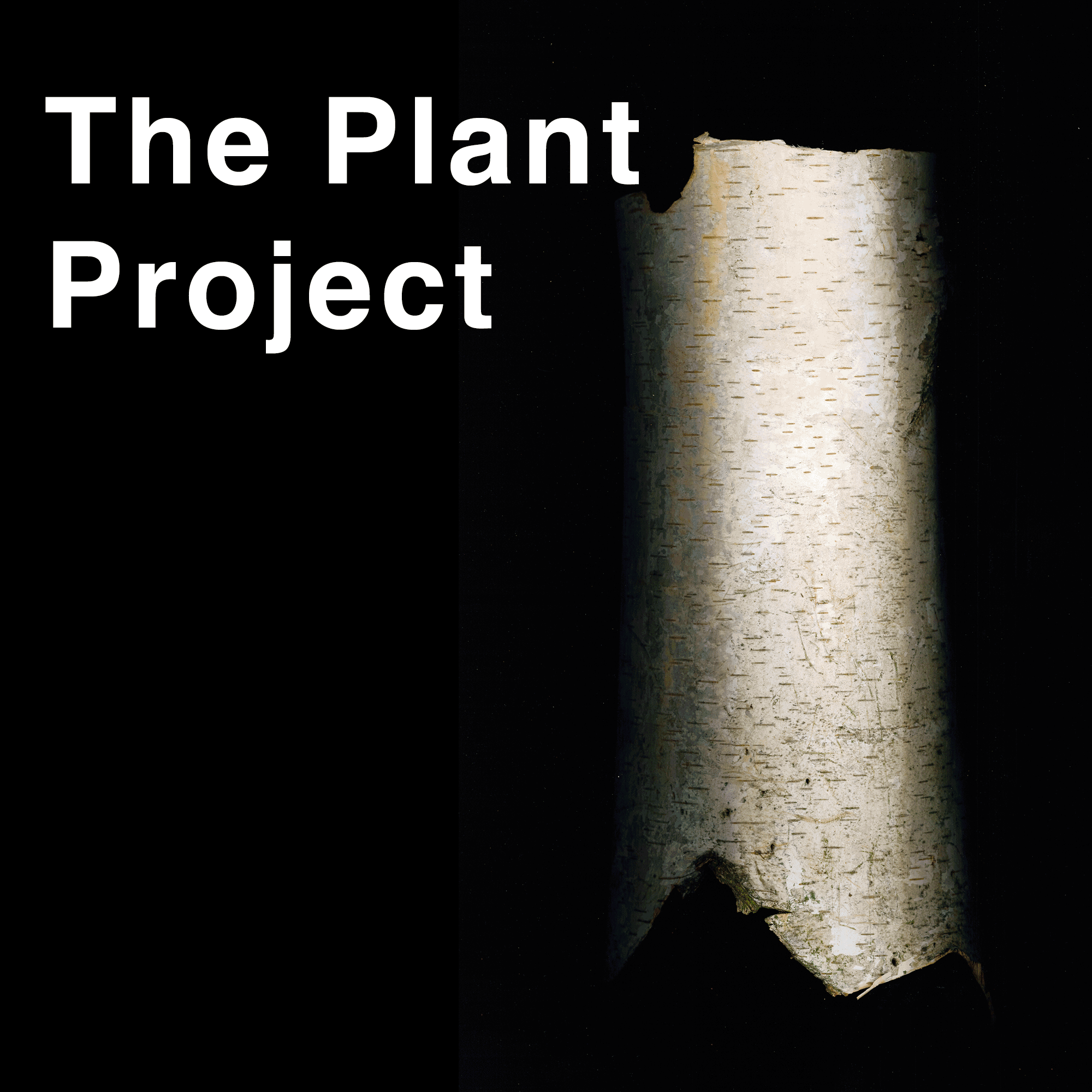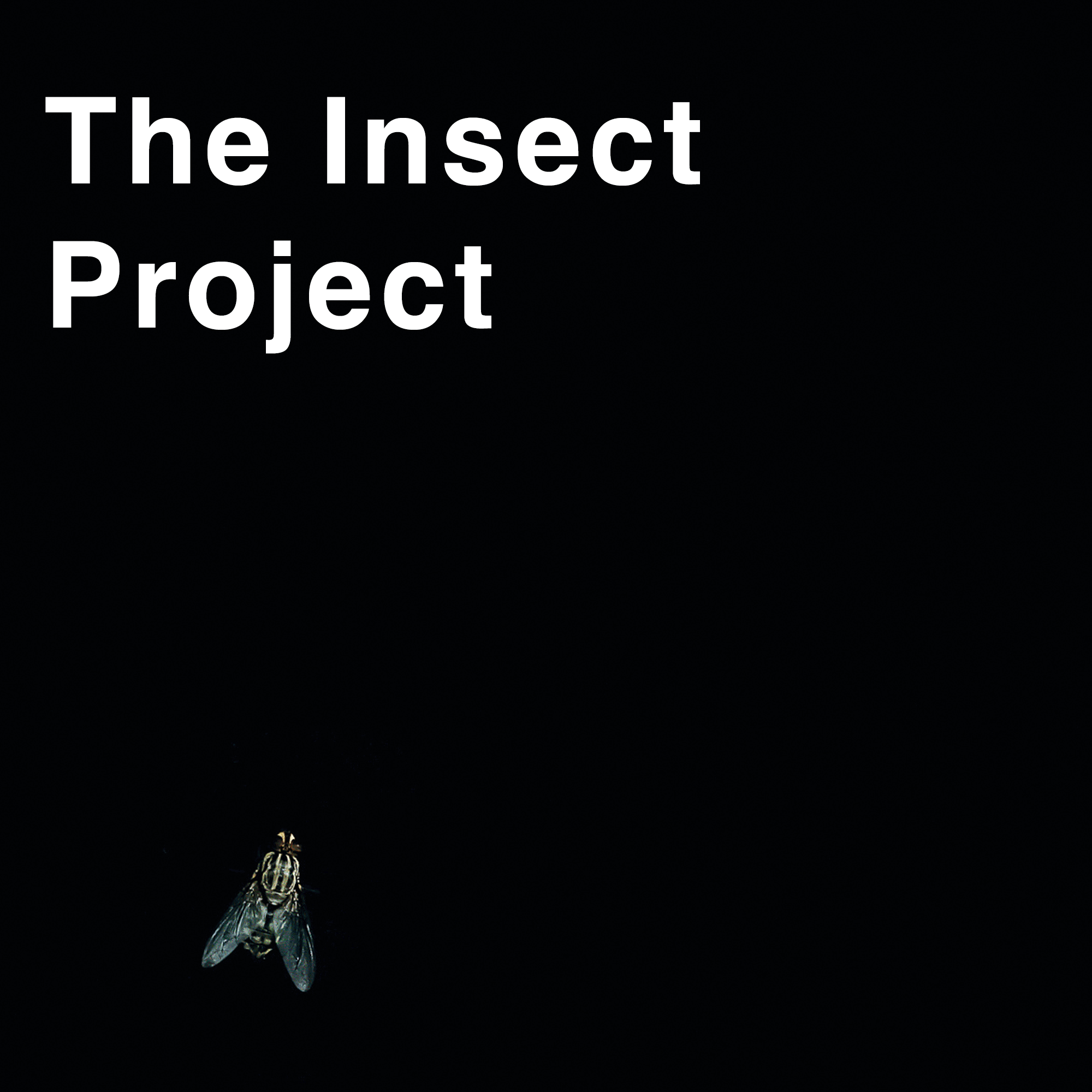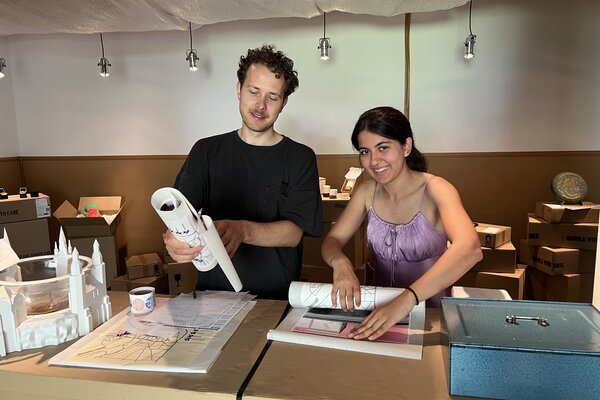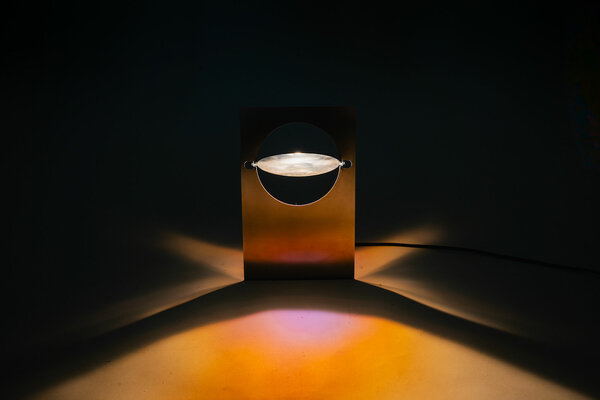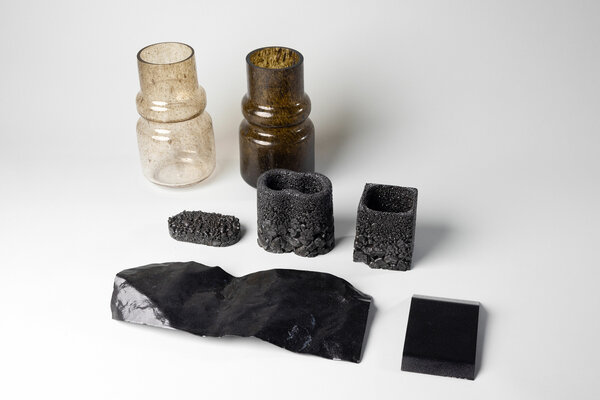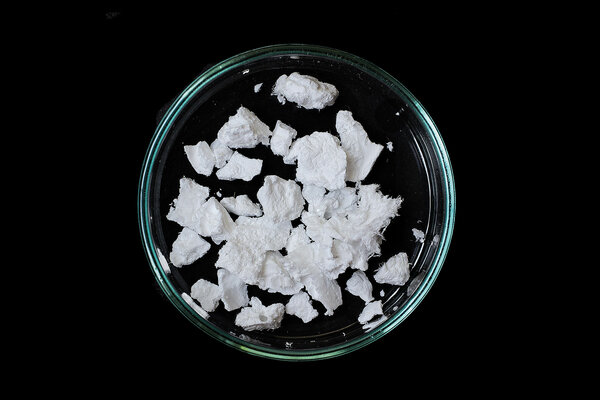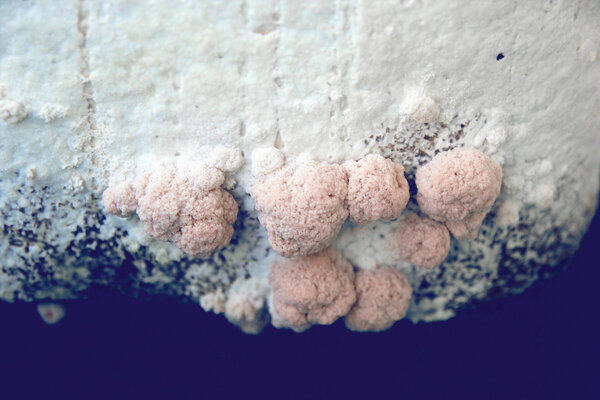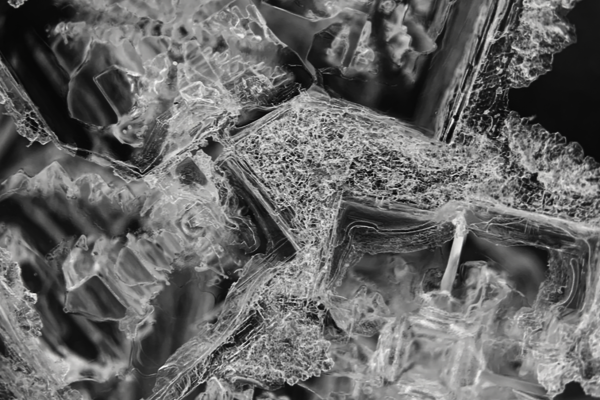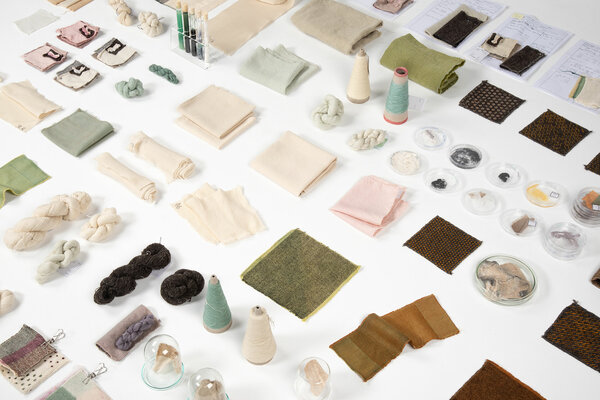Mit dem Projekt BURG BioTech Inkubator wird das Ziel verfolgt, innovative, nachhaltigkeitsorientierte Gründungsvorhaben im Bereich biobasierter Materialien durch die Verbindung von technischer Infrastruktur, gestalterischer Kompetenz und ökologischem Denken zu fördern.
Der strategische Einsatz biobasierter Materialien und biotechnologischer Verfahren bereits in der Gründungsphase verschafft designorientierten Gründungsvorhaben Wettbewerbsvorteile – etwa durch die Nutzung regionaler Reststoffe, durch nachhaltige Herstellungsmethoden und kreislauffähige Anwendungen. Der Burg BioTech Inkubator macht biotechnologische Verfahren und biobasierte Materialien für potenzielle Gründer*innen mit Biodesign-Vorhaben unter professioneller Begleitung zugänglich, um nachhaltige Material- Produkt- oder Verfahrensentwicklungen frühzeitig in die Anwendung zu bringen. Durch die Bereitstellung spezialisierter Technik und Infrastruktur sowie einer fachlichen Begleitung in Biotechnologie, Biodesign und Nachhaltigkeit werden frühe Prototypen und Produktansätze möglich – angepasst an ökologische Anforderungen und gestalterische Zielsetzungen. So entsteht Raum für skalierbare, werteorientierte Geschäftsmodelle mit Bezug zur regionalen Bioökonomie.
Der Burg BioTech Inkubator dient als Katalysator für Gründungsideen, deren Konzepte weit über die Kreativwirtschaft hinaus wirken werden. Mit der systematischen Förderung und Begleitung gestalterisch-forschender, technologieorientierter Gründungsvorhaben, verortet im Feld Bioökonomie trägt der Inkubator maßgeblich dazu bei, die regionale Innovationslandschaft weiterzuentwickeln und so Sachsen-Anhalt nicht nur als innovativen Akteur im Bereich nachhaltige Wirtschaft, sondern das Land als Vorreiter einer bundesweit in allen Wirtschaftsbereichen dringend notwendigen nachhaltigen Transformation zu positionieren.
Das Projekt BURG BioTech Inkubator wird aus Mitteln des Europäischen Fonds für regionale Entwicklung (EFRE) finanziert. An der BURG wird das Projekt zwischen dem BioLab und dem SustainLab verortet und wird von Prof. Mareike Gast geleitet.
